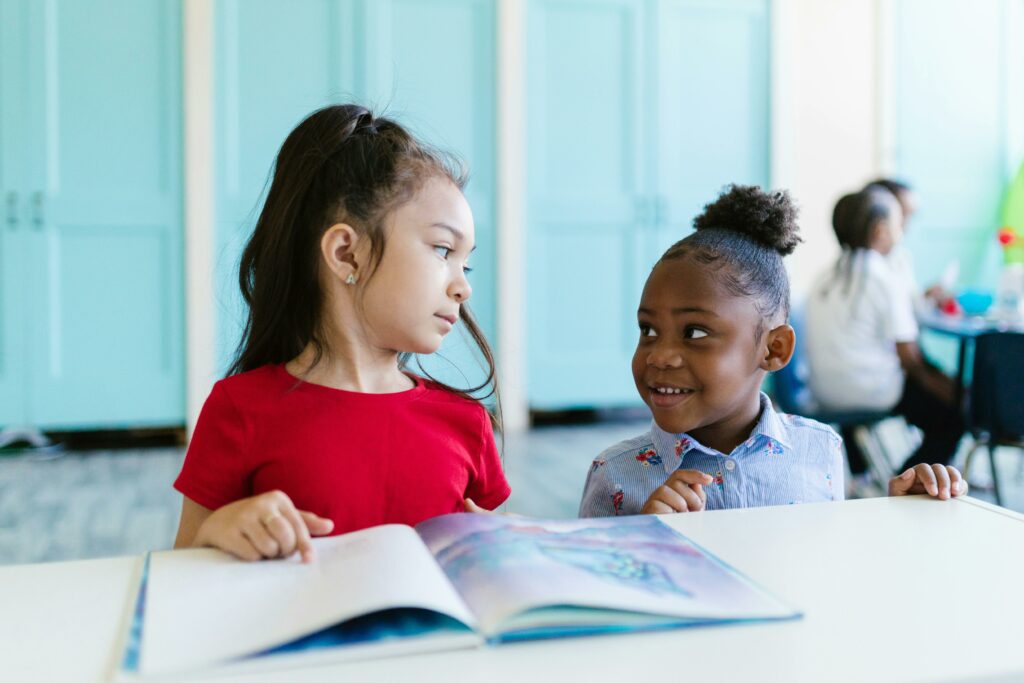
Phonological Awareness means being aware of sounds in spoken language.
Children who have phonological awareness can tell you the sounds they hear in words, separate the sounds and change out sounds to make new words.
This is important for reading because children must first be able to hear the sounds and patterns in words before they can identify what letters represent those sounds.
Phonological awareness can and should be directly taught to children. Parents can be the best teachers by singing with their kids, rhyming words, and asking them the sounds they hear in different words.
If you can sing a song or rhyme a word, you can build your child’s phonological awareness.
To watch videos with subtitles: Click the settings icon in the lower right-hand corner, next click “subtitles,” and then “English.”
To see subtitles in another language, after selecting English, click on subtitles again, then click “auto-translate” and select the language of your choice.
These activities will help your child start identifying sounds.
Choose a letter sound, then have your child find things around your house that start with the same sound. This is a great activity to do in the kitchen while making dinner.
“Can you find something in our house that starts with the letter “s” ssssss sound? Stairs, sofa, sandwich.”
Make up your own songs or silly stories to focus on a particular sound. For example:
“Big Billy blows beautiful bubbles!”
To practice identifying the first sound in a word:
Rhyming is an important part of phonemic awareness. Rhyming is something that can be practiced from an early age. You can use songs, nursery rhymes, raps, and books.
Have your child give a rhyme for a word you tell them. It can be a made up word, too.
“What rhymes with “bindergarten”?
Word families are words that rhyme. Tell your child the “mom’s” name is “bat” and ask them to tell you all the “kids’” names, like cat, fat, sat, rat, pat, mat, at, and hat. This will help children hear patterns in words.
Here are a few resources to check out:
These activities will help your child identify the different sounds that make up words.
Research suggests that seeing print, saying the sounds, and hearing the sounds while pointing at the letter with a parent or teacher has the greatest impact on learning “phonemic awareness,” or sounds.
Ask your child, “What sound does each letter make in this word on the cereal box?”
Take turns saying a word and the other person has to put up their fingers to match the number of sounds. For “cat,” they’d hold up their pointer finger for “c”, middle finger for “a” and ring finger for “t”.
Using Cheerios, rocks or beads, say a word and have your child show you how many sounds the word makes. For example, “cap” = c+a+p = three sounds, so they’d place three objects in a row.
Then have them tap each object as they say the sound. Remember, your child is just showing you the sounds they hear. So the word “take” would be = t-a-k (silent e) = only three sounds.
To practice blending sounds together to make words:
Variation if too difficult: